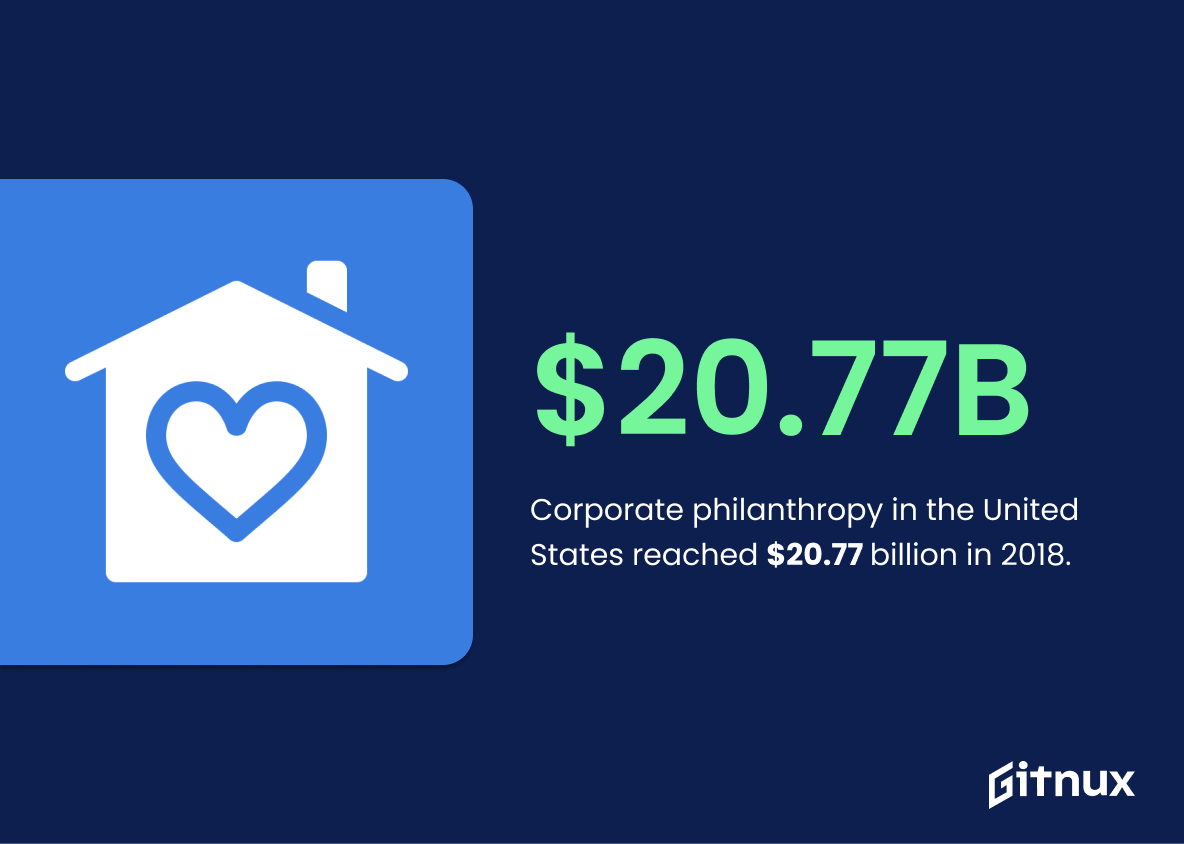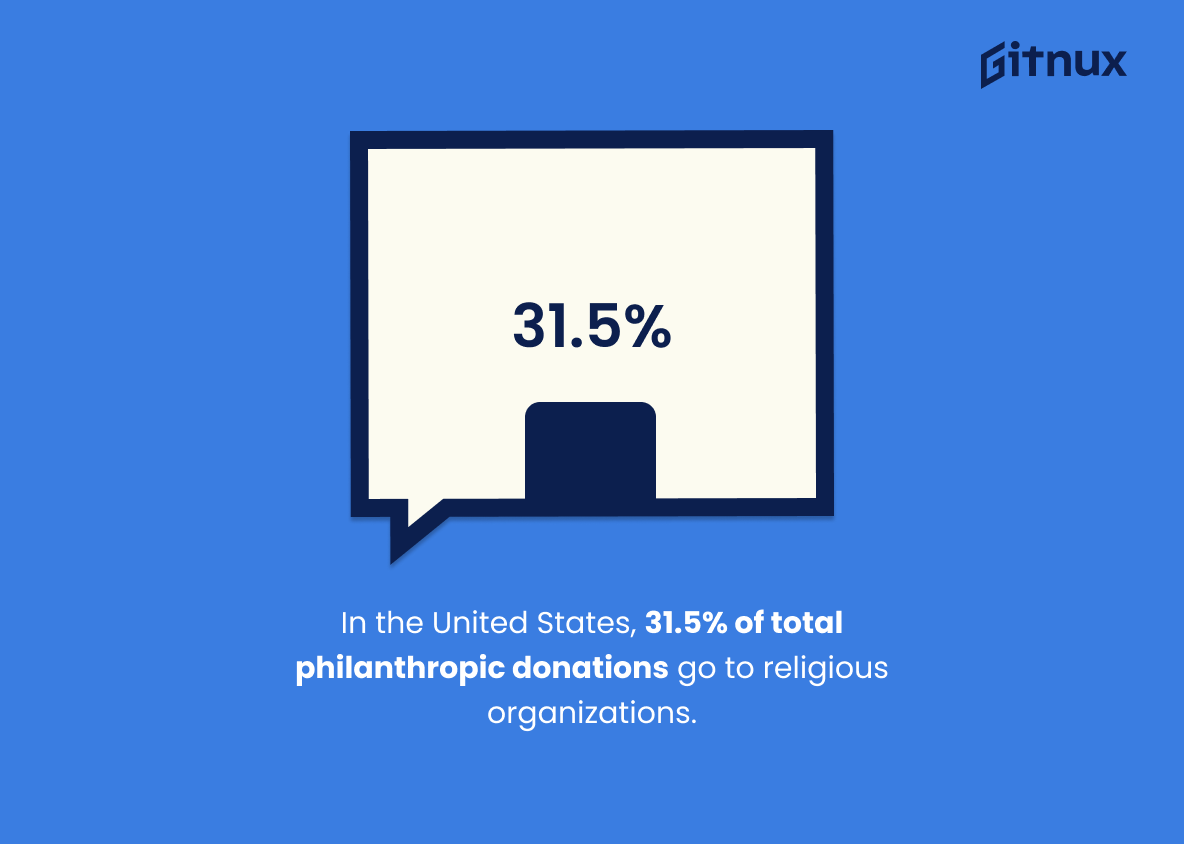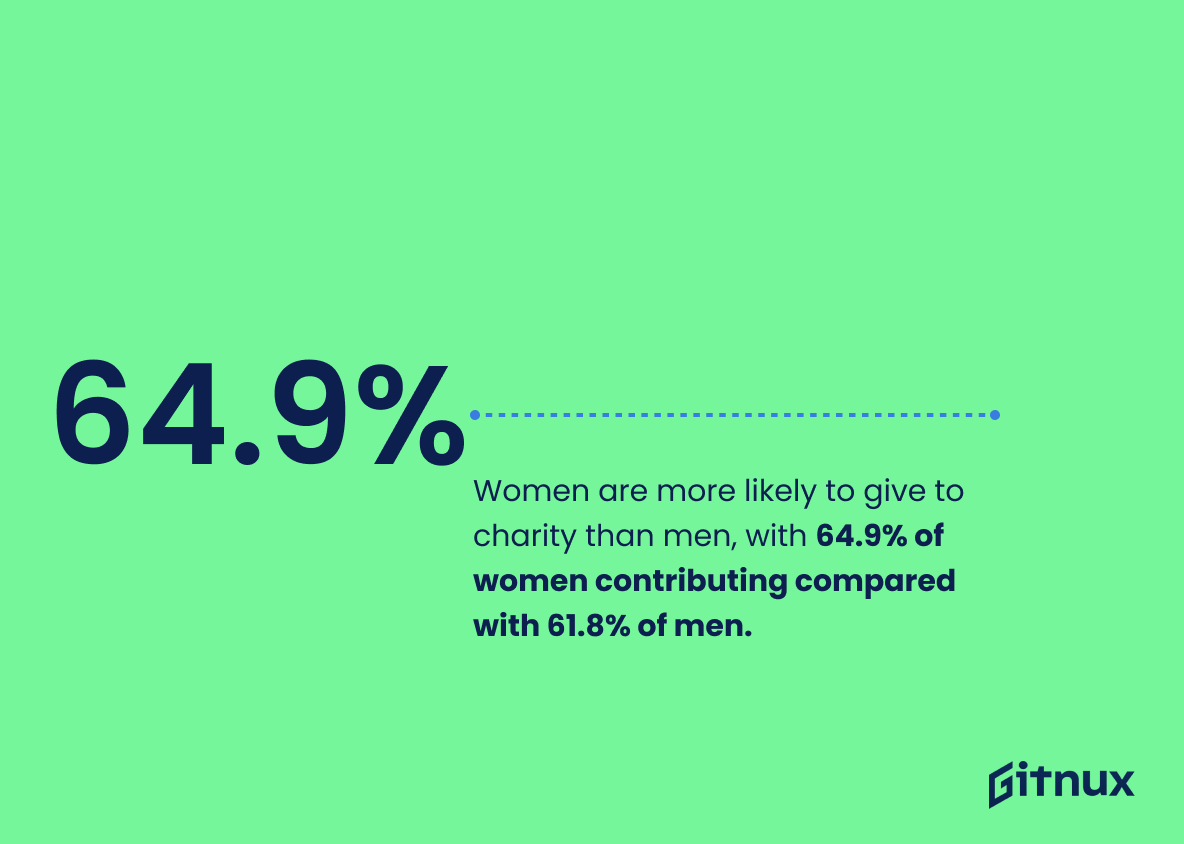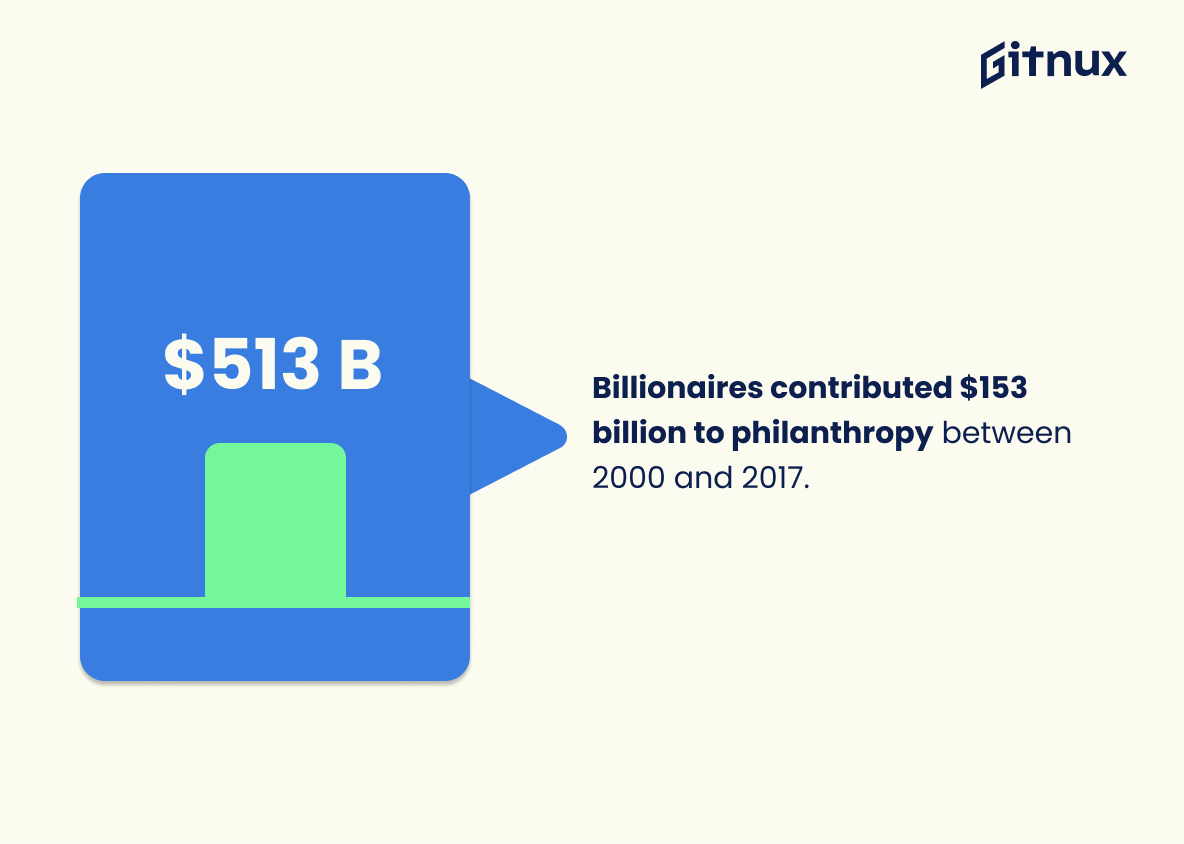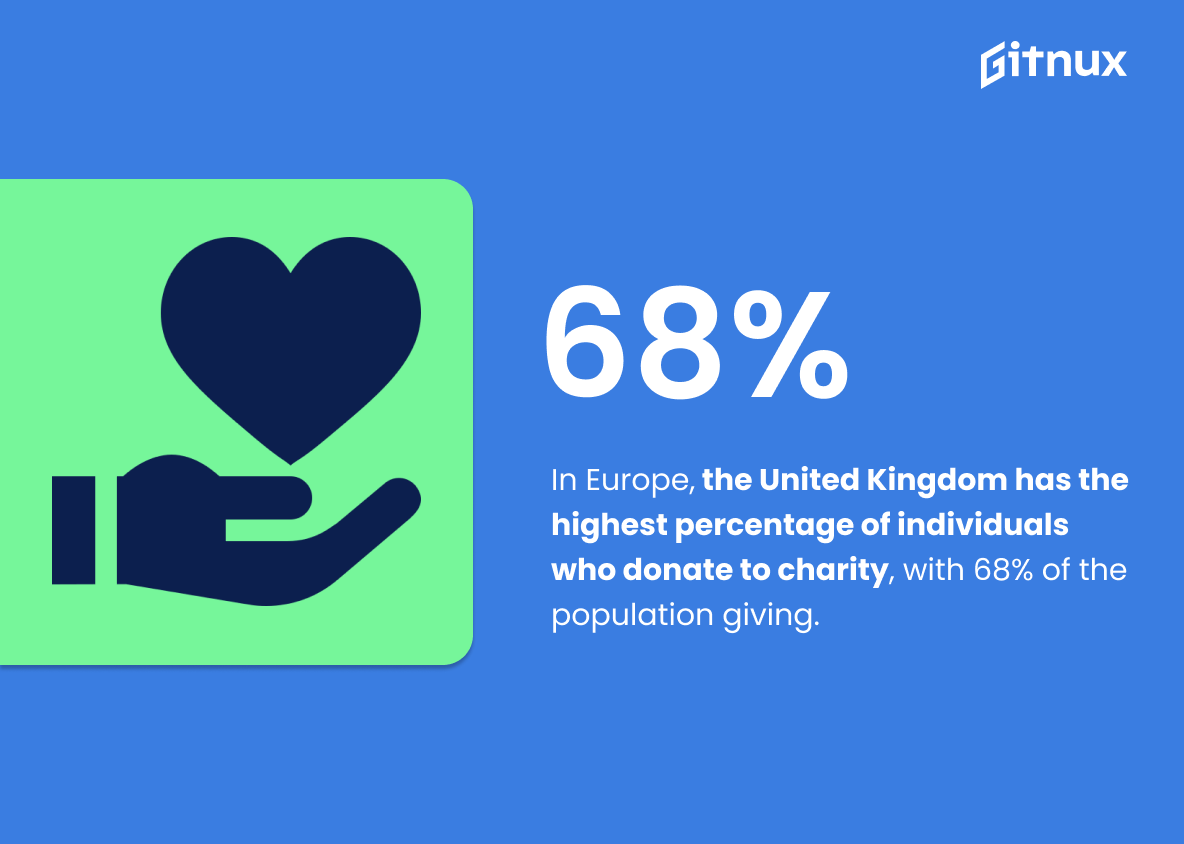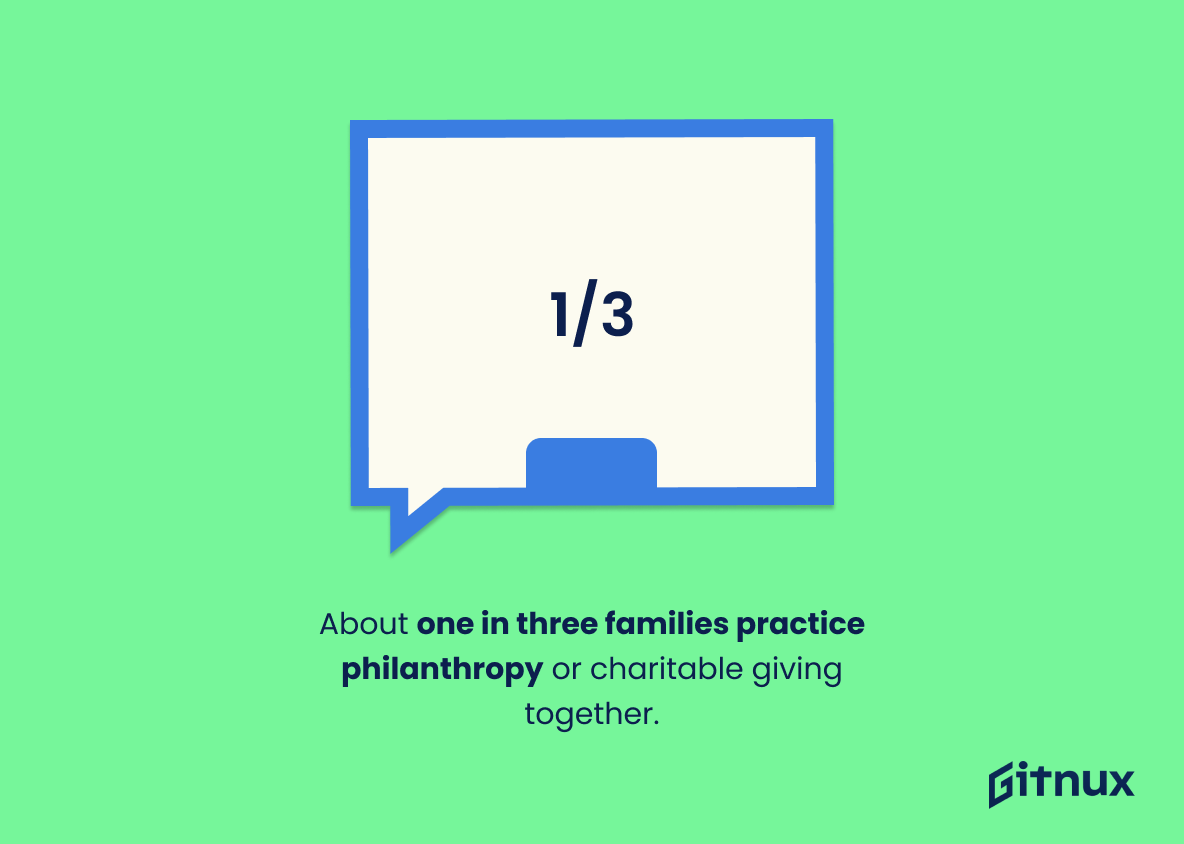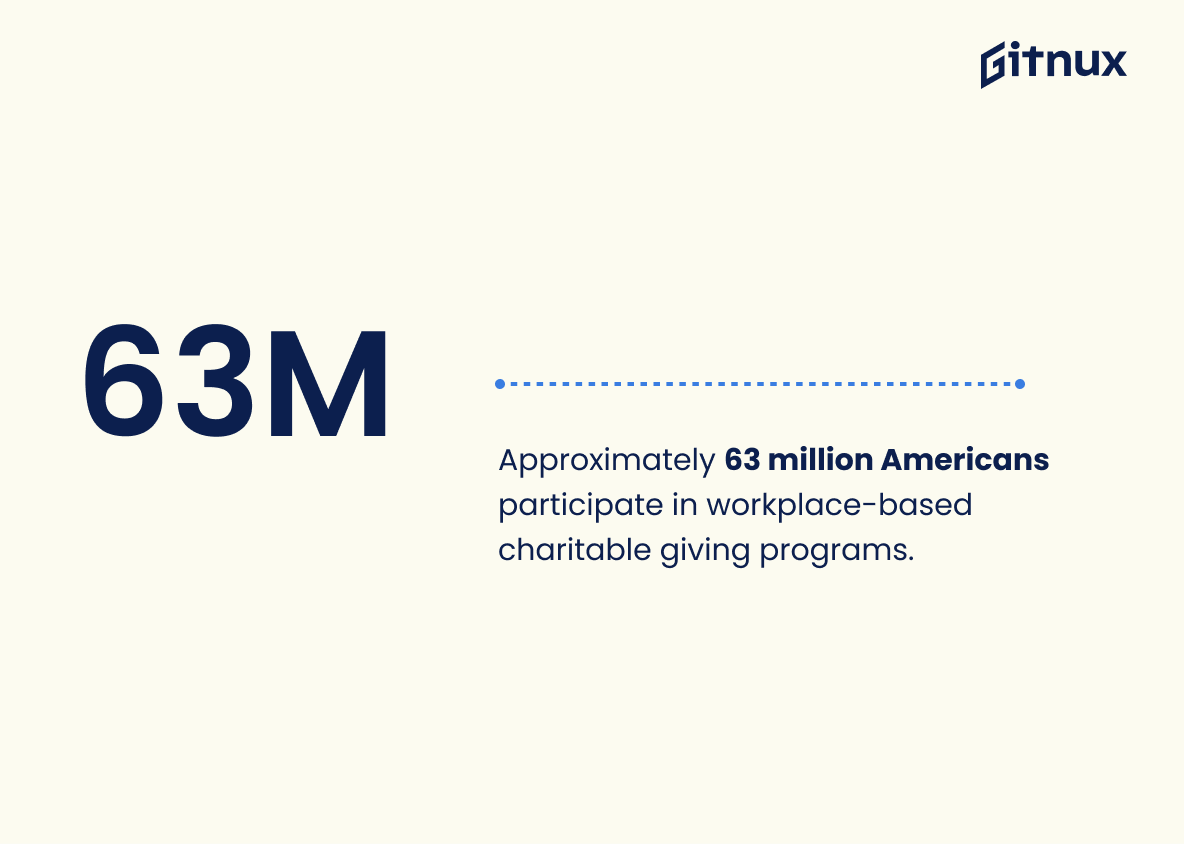Philanthropy is an important part of our society, and it’s interesting to look at the statistics that show how much Americans give back. According to a report from the U.S Department of Health & Human Services, approximately 95.4% of American families donate to charity each year. Philanthropic donations also contribute significantly to the United States GDP – 2.1%, according to Deloitte’s analysis in 2019 – with individuals contributing 69% of total philanthropic donations in 2018 alone (Giving USA). Corporate philanthropy reached $20.77 billion in 2018 (Double The Donation), while religious organizations received 31.5% of all charitable giving within the US (The Philanthropy Roundtable).
Global philanthropy has grown by 6.4% between 2014-2017 (National Philanthropic Trust) and women are more likely than men when it comes donating money; 64 .9 % compared with 61 .8 % respectively(U S Trust ). Billionaires have contributed $153 billion since 2000 up until 2017(Wealth X )and online giving grew 12 .1 %in 2017(Miratel Inc.). Additionally , 54 percentof global donors gave outside their countries residence last year.( Global Giving ) Younger generations such as Gen Zers are more likelyto donate through crowdfunding campaignswith 47 percent having donated this way already in 2019.( Nonprofits Source) Natural disasters often spur people into action too – 30percentof worldwide donors give due tonatural disaster relief efforts.( Global Giving ) In terms2019 saw over$450billion given awaybyindividuals foundations and corporations combined across America– oneof highest years forgiving on record.(GivingUSA ). Matching gift programsare popular amongst Fortune 500 companies too – 65percentoffer them currently.( Double The Donation) Europe sees high levelsdonation activitytoo ;the UKhashighest percentage individuals who donategiving 68 percent population doing soaccording Guardian Data Blog2014.. Finally Fidelity Charitable reportsone threefamilies practicephilanthrophy orcharitable togetherwhile National Centerfor Charitablestatistics estimatesbequestsor legacygaveaccounted43 21billion2018aloneand 63 millionAmericans participate workplace basedprograms sameyear 167 equivalent hoursvolunteering beingcontributednonprofit organisationsacross country
This statistic is a testament to the generosity of American families. It speaks to the fact that, despite the many challenges they face, they are still willing to give to those in need. This statistic is a reminder of the power of philanthropy and how it can make a difference in the lives of those who are less fortunate. It is a reminder that, even in difficult times, we can still come together to make a difference.
Philanthropy is responsible for contributing approximately 2.1% to the United States GDP.
This statistic is a powerful reminder of the immense impact philanthropy has on the US economy. It demonstrates that philanthropy is not only a moral imperative, but also a financial one, as it contributes significantly to the nation’s GDP. This statistic serves as a reminder of the importance of philanthropy and its potential to make a real difference in the lives of people and communities.
Philanthropy Statistics Overview
Corporate philanthropy in the United States reached $20.77 billion in 2018.
This statistic is a testament to the immense generosity of corporations in the United States. It demonstrates the commitment of businesses to giving back to their communities and making a positive impact on society. It is a powerful reminder of the potential of corporate philanthropy to make a difference in the lives of those in need.
In the United States, 31.5% of total philanthropic donations go to religious organizations.
This statistic is a telling indication of the influence religious organizations have on philanthropic donations in the United States. It highlights the importance of religious organizations in the philanthropic landscape, and the impact they have on the distribution of donations. It is an important statistic to consider when discussing philanthropy in the United States.
Women are more likely to give to charity than men, with 64.9% of women contributing compared with 61.8% of men.
This statistic is a powerful reminder of the importance of female philanthropy. It highlights the fact that women are more likely to give to charity than men, and that their contributions are invaluable to the success of philanthropic efforts. This statistic is a testament to the generosity of women and their commitment to making a difference in the world. It is a reminder that philanthropy is not just a male-dominated field, but one that is open to all genders.
Billionaires contributed $153 billion to philanthropy between 2000 and 2017.
This statistic is a testament to the power of philanthropy, demonstrating the immense impact that billionaires have had on charitable giving over the past two decades. It is a reminder of the potential for individuals with great wealth to make a difference in the world, and serves as an inspiration for others to follow suit.
65% of Fortune 500 companies offer matching gift programs.
This statistic is a testament to the importance of philanthropy in the corporate world. It shows that a majority of Fortune 500 companies recognize the value of giving back to their communities and are willing to invest in matching gift programs to support their employees’ charitable donations. This is a powerful indicator of the commitment of these companies to making a positive impact in the world.
In Europe, the United Kingdom has the highest percentage of individuals who donate to charity, with 68% of the population giving.
This statistic is a testament to the generosity of the United Kingdom’s population, demonstrating that a large majority of individuals are willing to give to charity. It serves as an example of the power of philanthropy and the positive impact it can have on society.
About one in three families practice philanthropy or charitable giving together.
This statistic is a powerful reminder of the importance of philanthropy and charitable giving. It shows that many families are actively engaging in these activities, which can have a positive impact on their communities and the world at large. It also demonstrates the potential for families to come together and make a difference, which can be a great source of pride and satisfaction. Ultimately, this statistic speaks to the power of collective action and the potential for families to make a real difference in the world.
Approximately 63 million Americans participate in workplace-based charitable giving programs.
This statistic is a testament to the generosity of the American people. It shows that despite the many challenges faced by individuals and businesses, there is still a strong commitment to giving back to the community. This statistic is a reminder that philanthropy is alive and well in the United States, and that it is an important part of our culture.
Conclusion
The statistics presented in this blog post demonstrate the immense impact of philanthropy on both the United States and global economies. From individuals to corporations, from religious organizations to natural disasters, it is clear that charitable giving has a significant effect on our society. It is also evident that different generations have varying levels of engagement with philanthropic activities, as well as differing motivations for donating their time or money. The data provided here shows us just how much Americans are contributing to charity each year and highlights the importance of continuing these efforts into the future.
References
0. – https://www.wealthx.com
1. – https://www.philanthropyroundtable.org
2. – https://www..deloitte.com
3. – https://www.fidelitycharitable.org
4. – https://www.acf.hhs.gov
5. – https://www.doublethedonation.com
6. – https://www.theguardian.com
7. – https://www.ustrust.com
